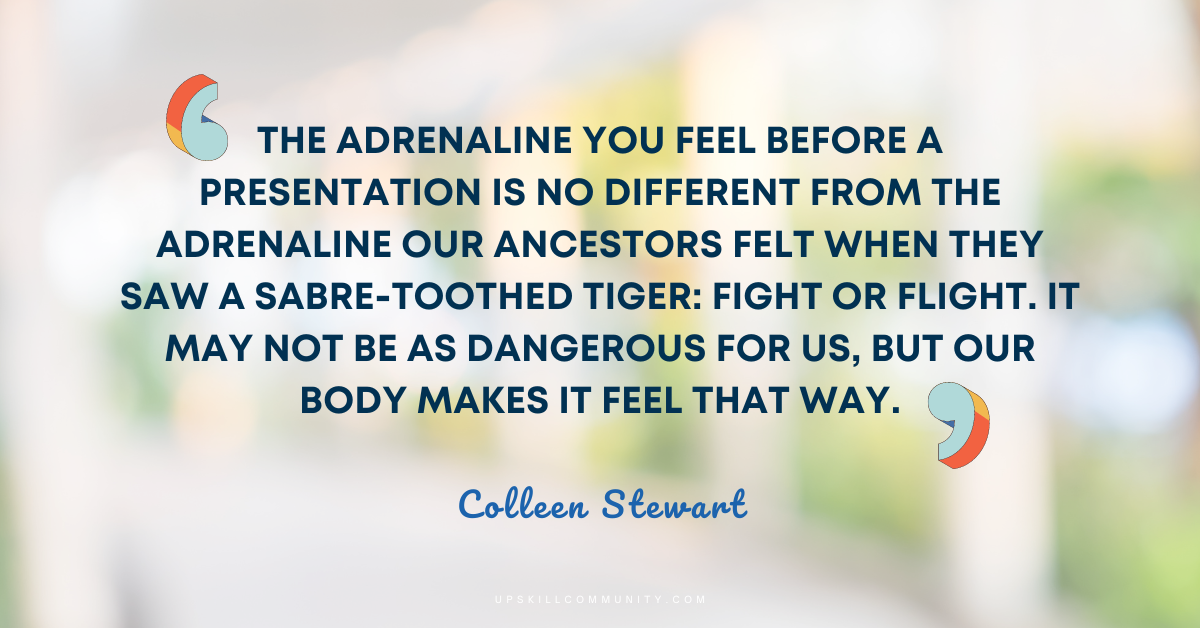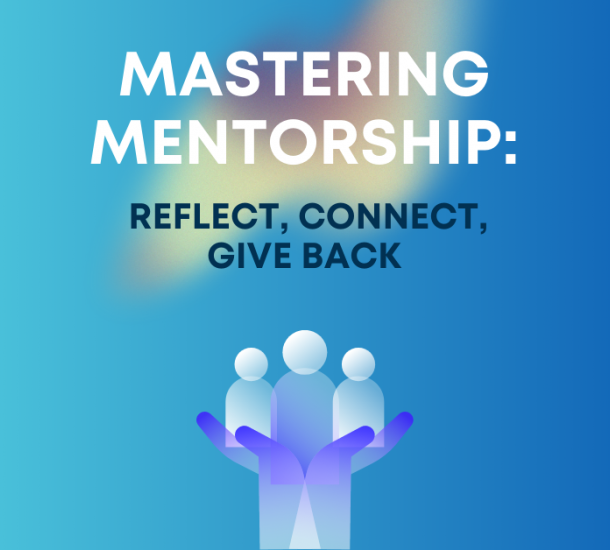UpSkill: Honing Your Presentation Skills
In the last blog post we discussed the importance of feedback for understanding your brand. Feedback is a form of ongoing dialogue you can engage in with your audience to get a sense of how your message is being received.
In this post I want to focus on another area of communication that Colleen Stewart, author of “The Story Compass,” discussed with the Upskill Community: Presenting.
Public speaking is one of the most common fears that people face in the corporate or academic sphere.
However, presenting your ideas effectively is key to business. You don’t have to think of “presenting” as something that only happens on a stage in front of an audience. Any time you are sharing ideas verbally you are presenting. So this could be in a meeting, or simply during conversation with a small group of friends.
There are two main pieces of a presentation that you may struggle with.
The first is the preparation: What do you want to say? What is the argument you want to make? What data do you need to back it up?
Then there is the delivery. Is your audience engaged? Are you talking loud enough, or slow enough?
Personally, I worry most about holding the audience’s interest and delivering the content at a level that is appropriate. “Level” can refer to the audience’s education or familiarity with the subject matter. Can I use more technical terms? Or should I break things down more? This can be particularly tough with a mixed audience, such as one that includes young students and seasoned professionals.
For Tiffany, who was part of UpSkill’s conversation on imposter syndrome, her biggest issue was identifying the right scope of information (similar to me). What is the right amount of information? How much is too little? There can be a struggle of working all the information you want into a prescribed time period if you are doing a formal presentation.
Presenting also requires a level of control over your non-verbal communication, or body language. One Upskiller identified issues with eye contact. Their eyes tend to roam too much, resulting in too little eye contact with the audience.
Colleen identifies “roaming eyes” as pretty common. One trick that she uses is to make eye contact with someone until you know the colour of their eyes. It’s not about memorizing the eye colour, you just use that task to give yourself an appropriate length of time looking at someone. Too much eye contact is not good either.
If you also have issues speaking too fast (perhaps due to nervousness), the eye contact trick can help with that too. Look at someone until you identify their eye colour, and then breathe. If you are nervous during a presentation, the adrenaline can lead to faster talking and more movement.
If possible, standing can actually help to decrease your nervous energy too. Energy gets used up as you stand, and it’s even better if you have a presentation that allows you to move around e.g. in front of a board.

Remember that the audience that you get has plenty of other people trying to get their attention to. They are constantly bombarded with products or ideas that other people want them to adopt. As Colleen emphasizes, you want to stand out. You may have your own unique tics or habits, such as speaking with your hands.
Sometimes, these habits can be disruptive. Other times they can be reigned in, or can become a part of your presenting brand.
Try to enjoy the act of presenting. As Colleen says “40% of your audience will just be happy it’s not them presenting.”

